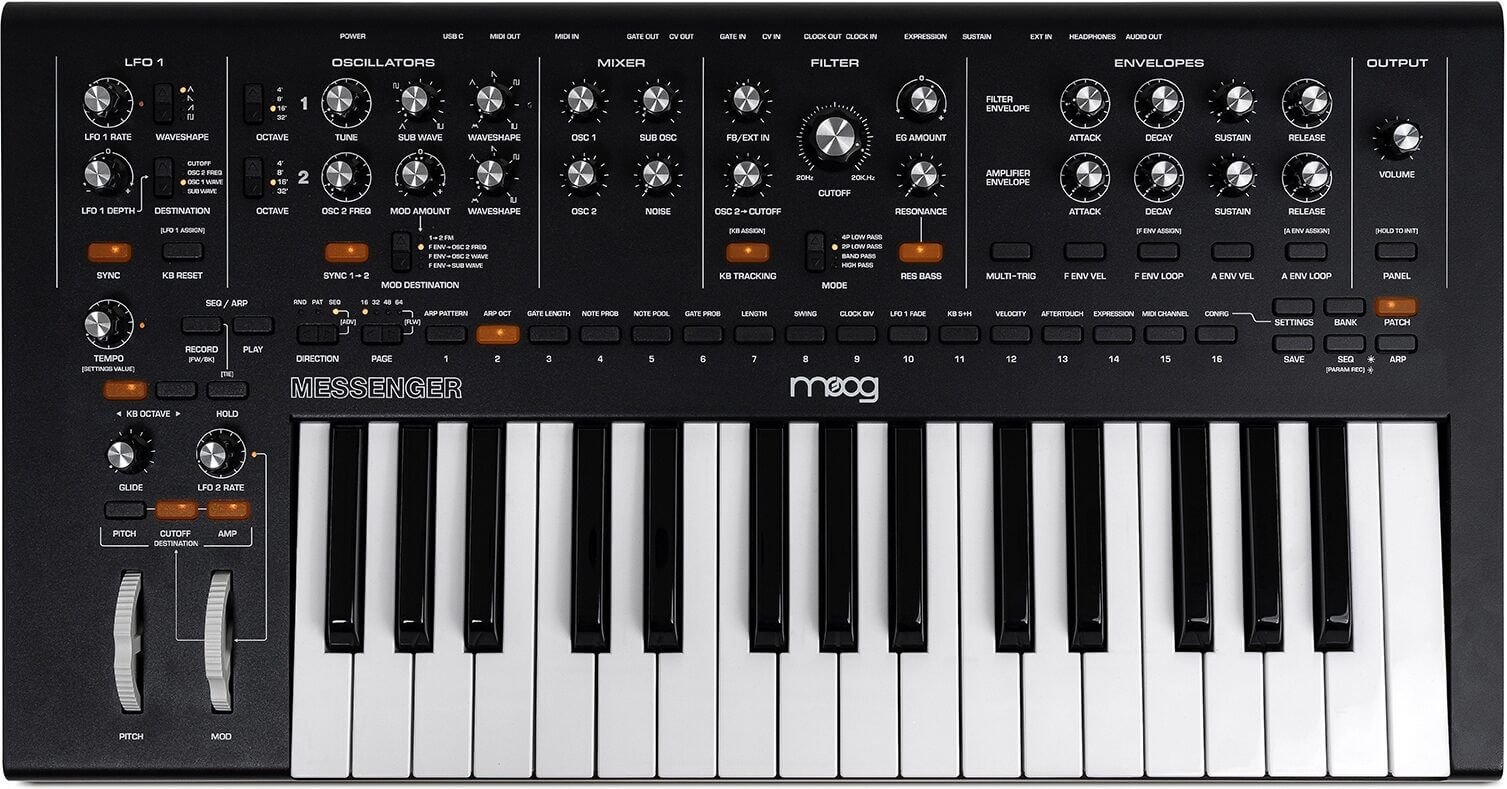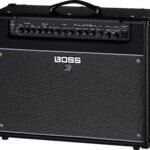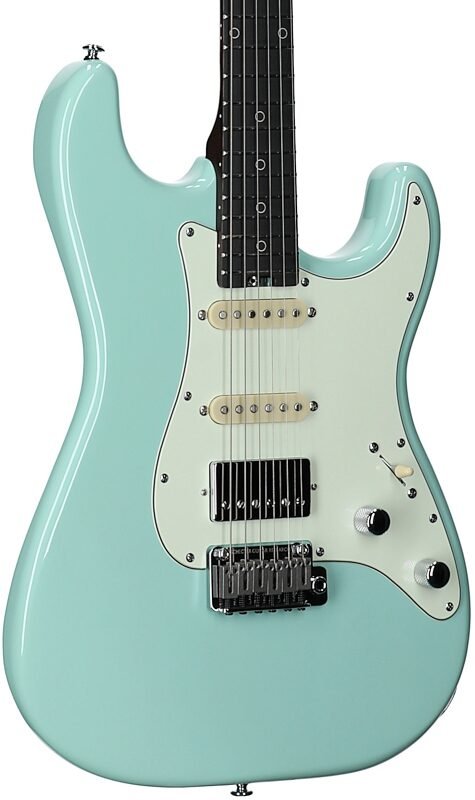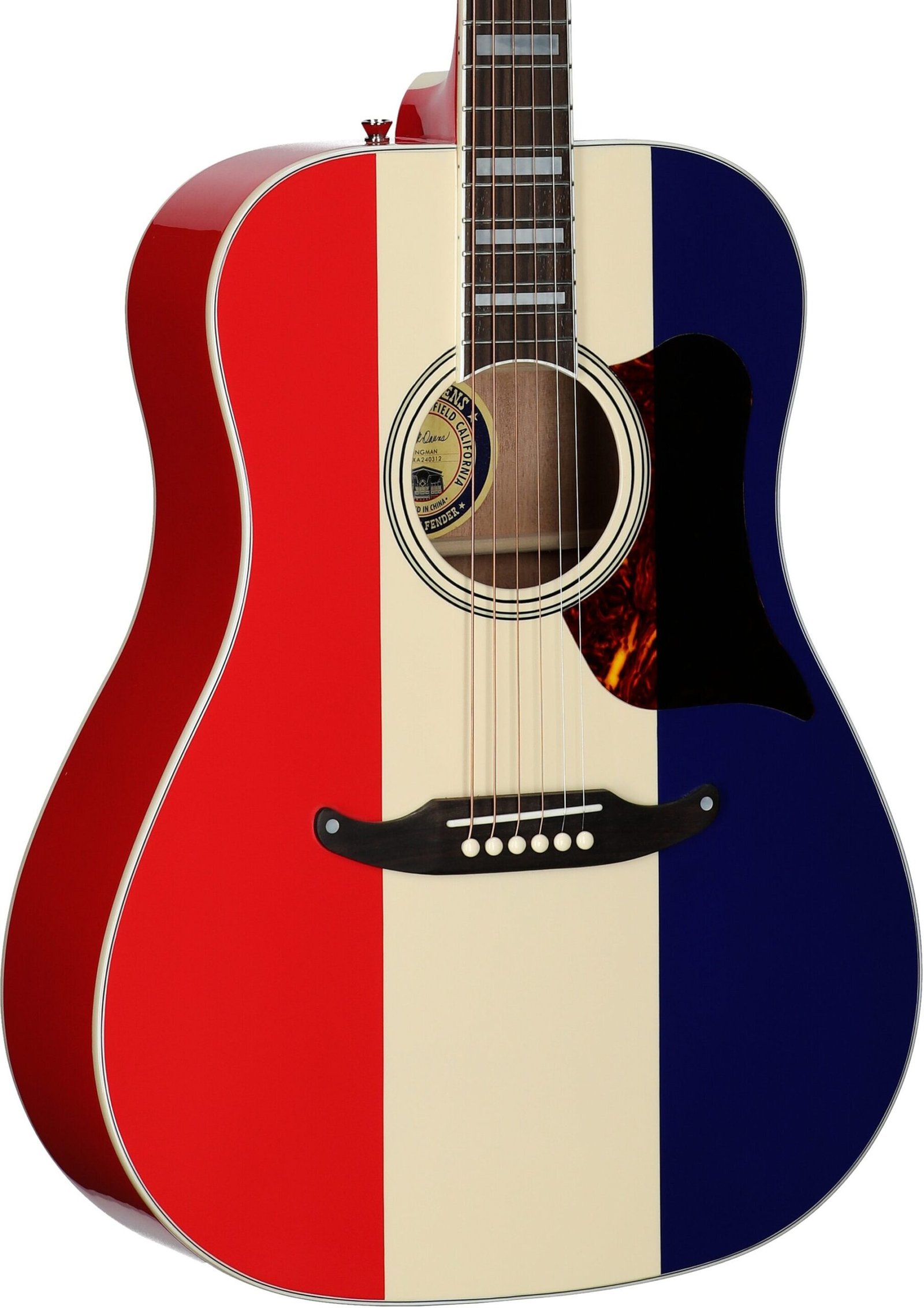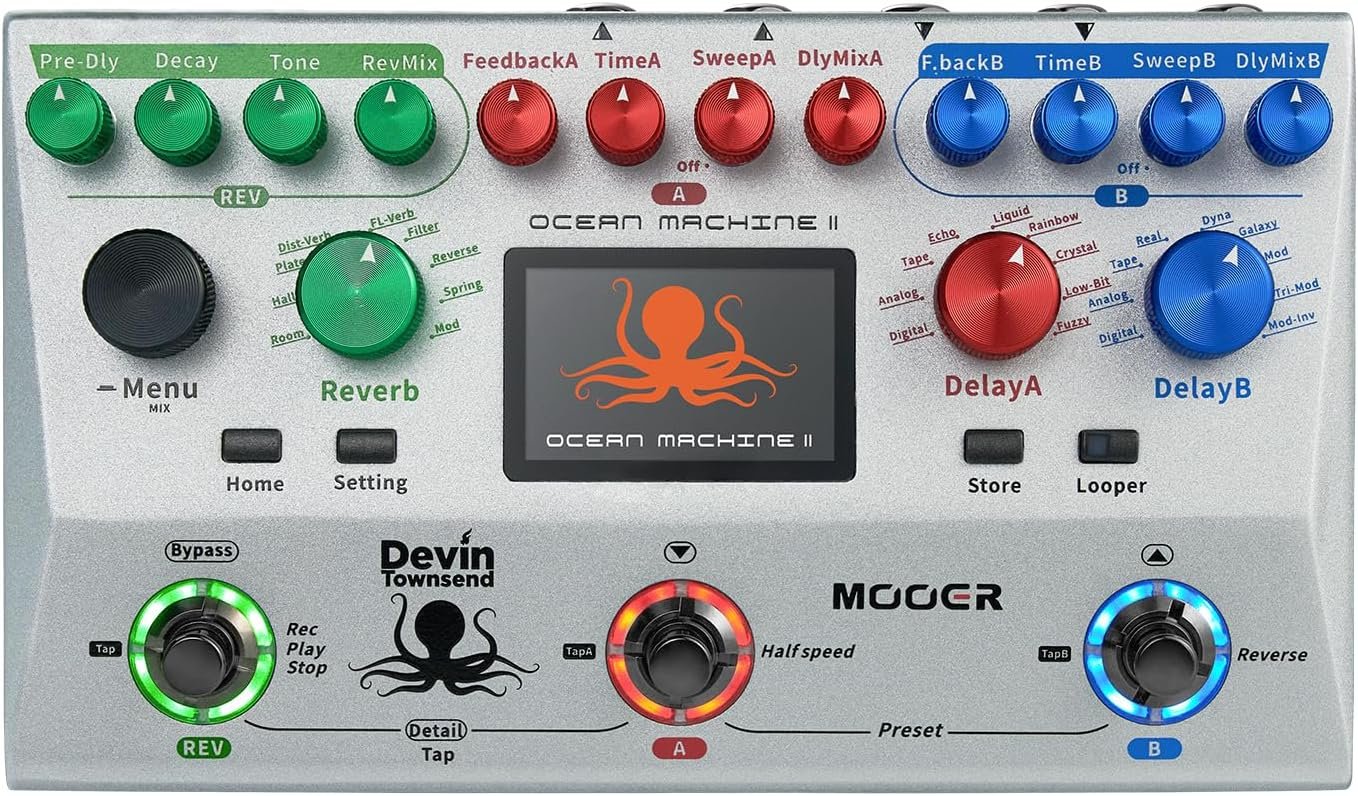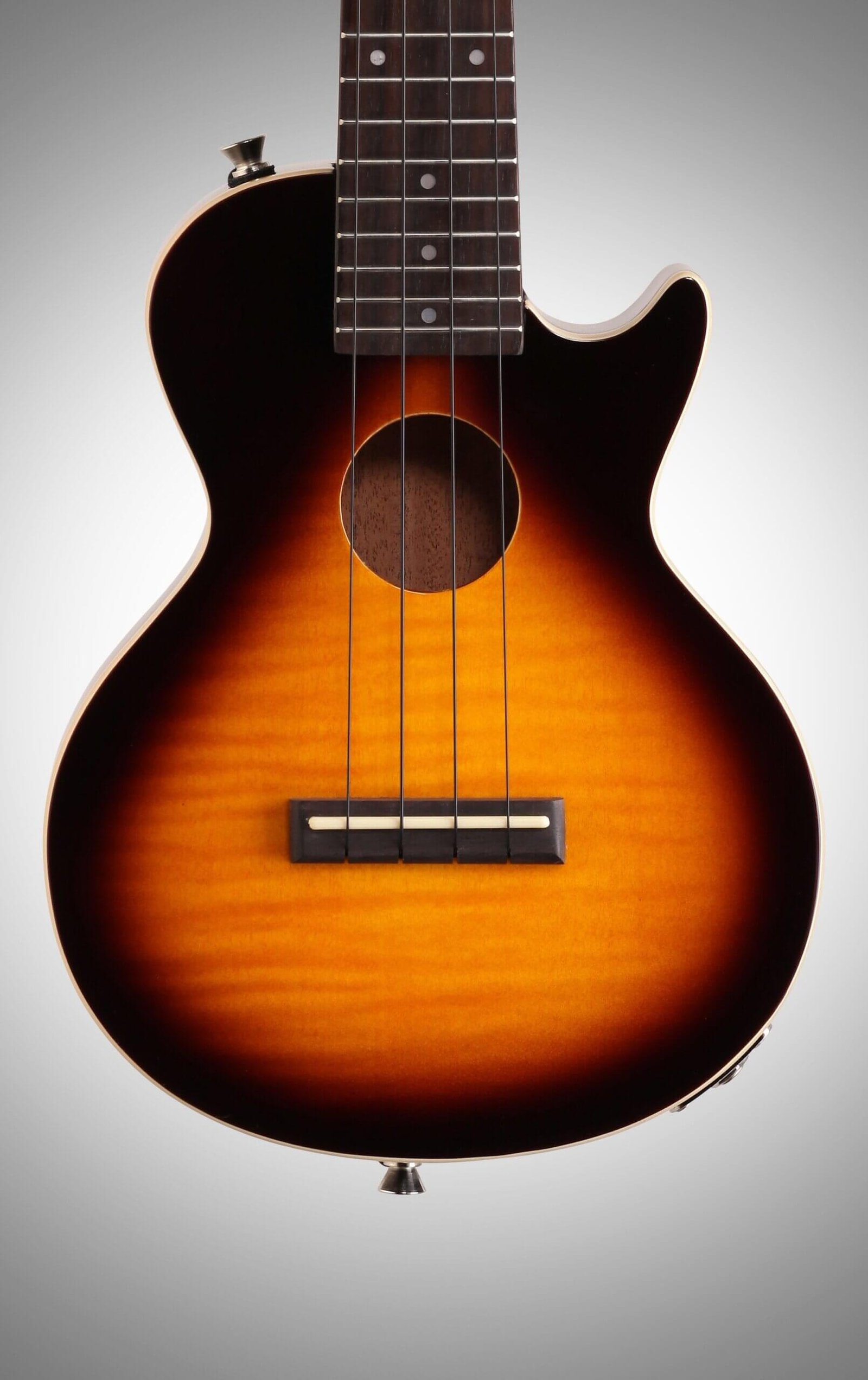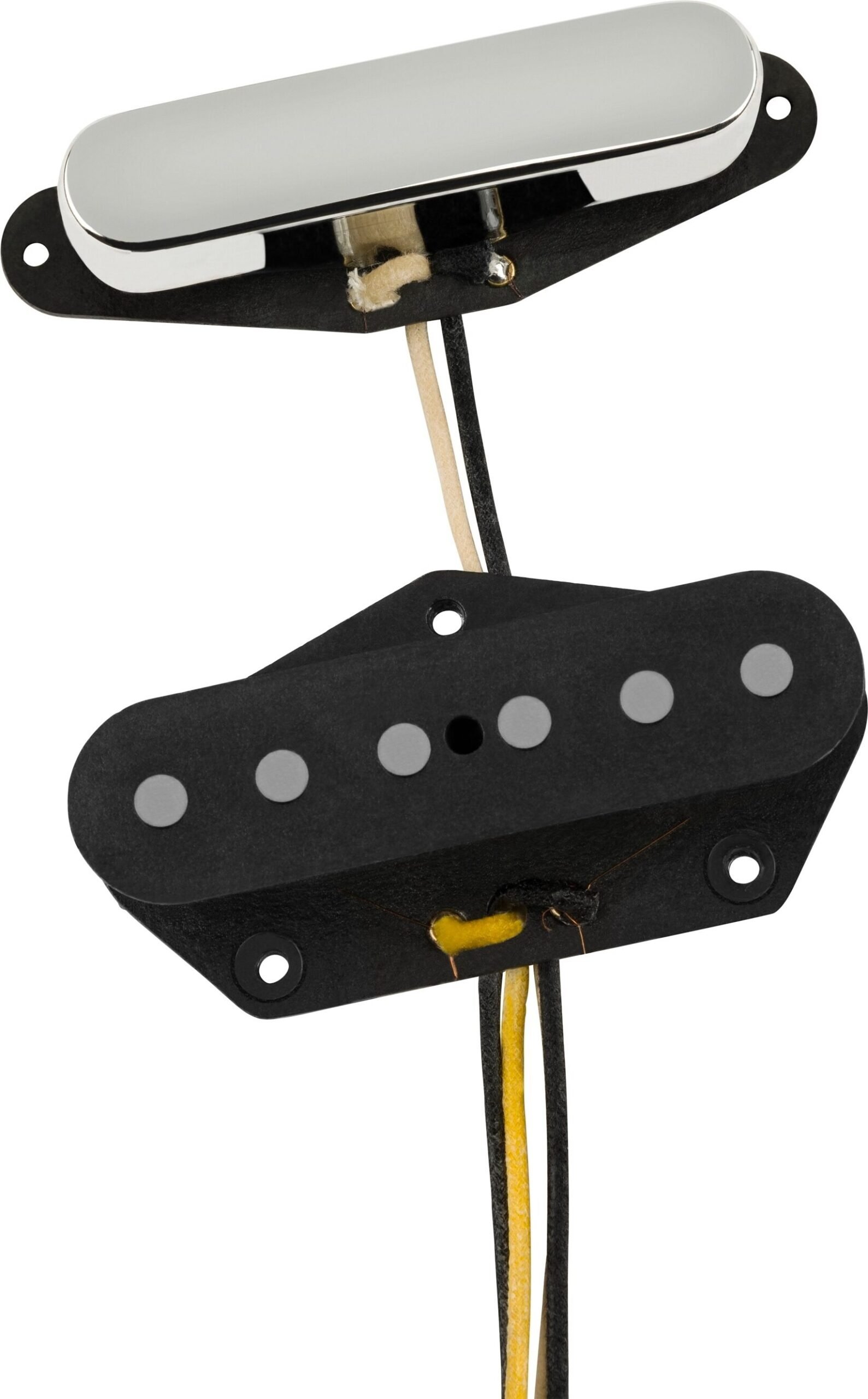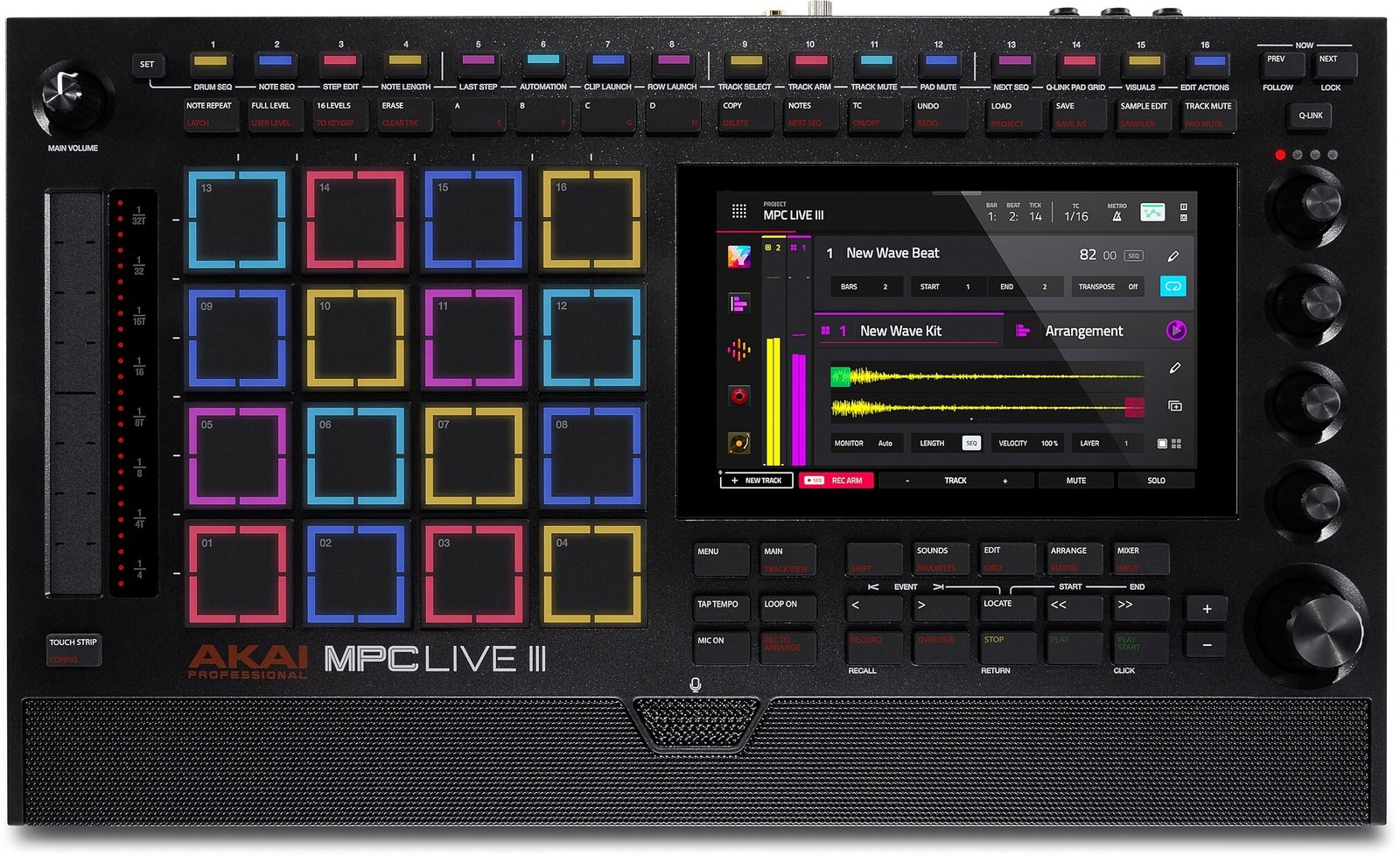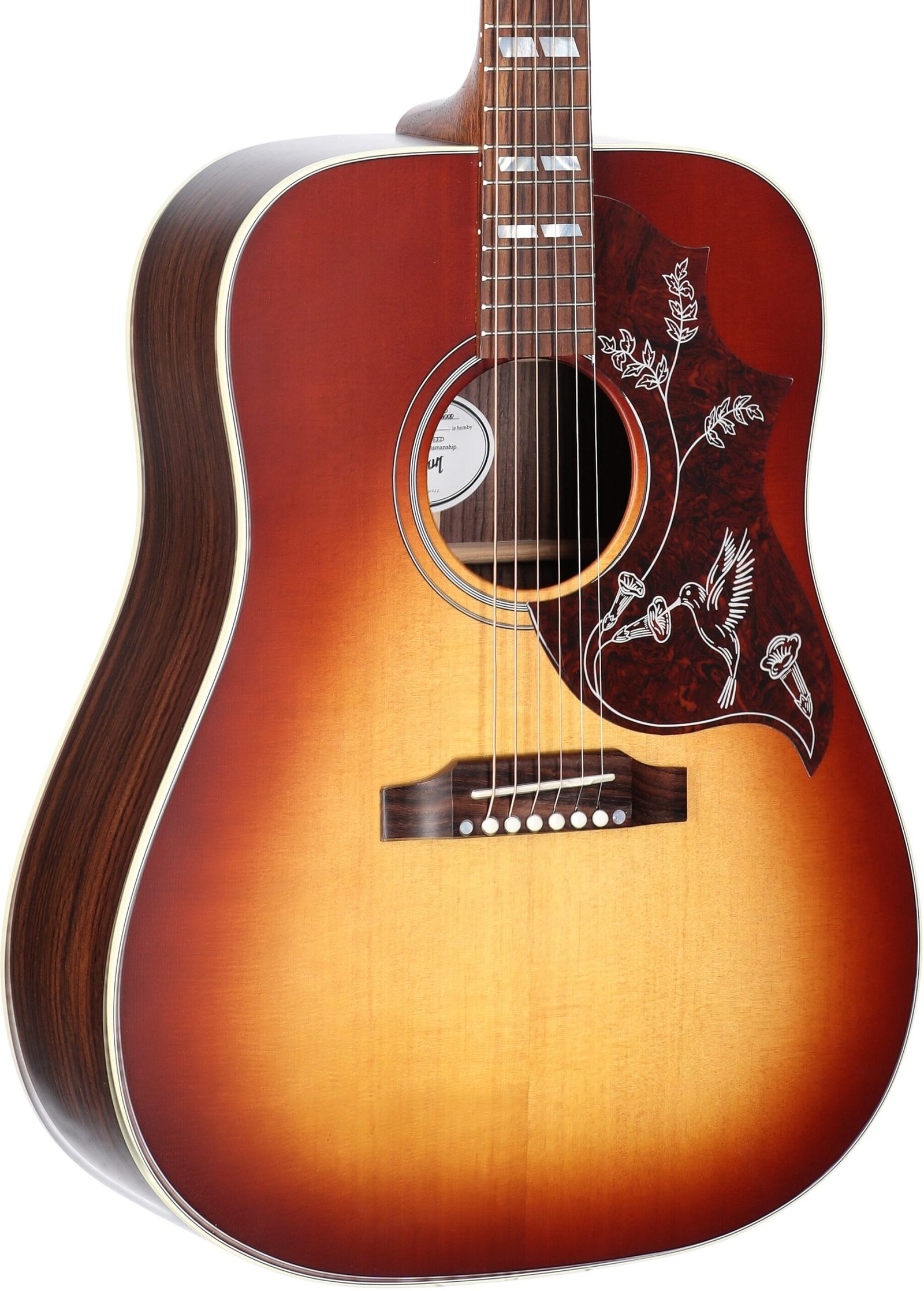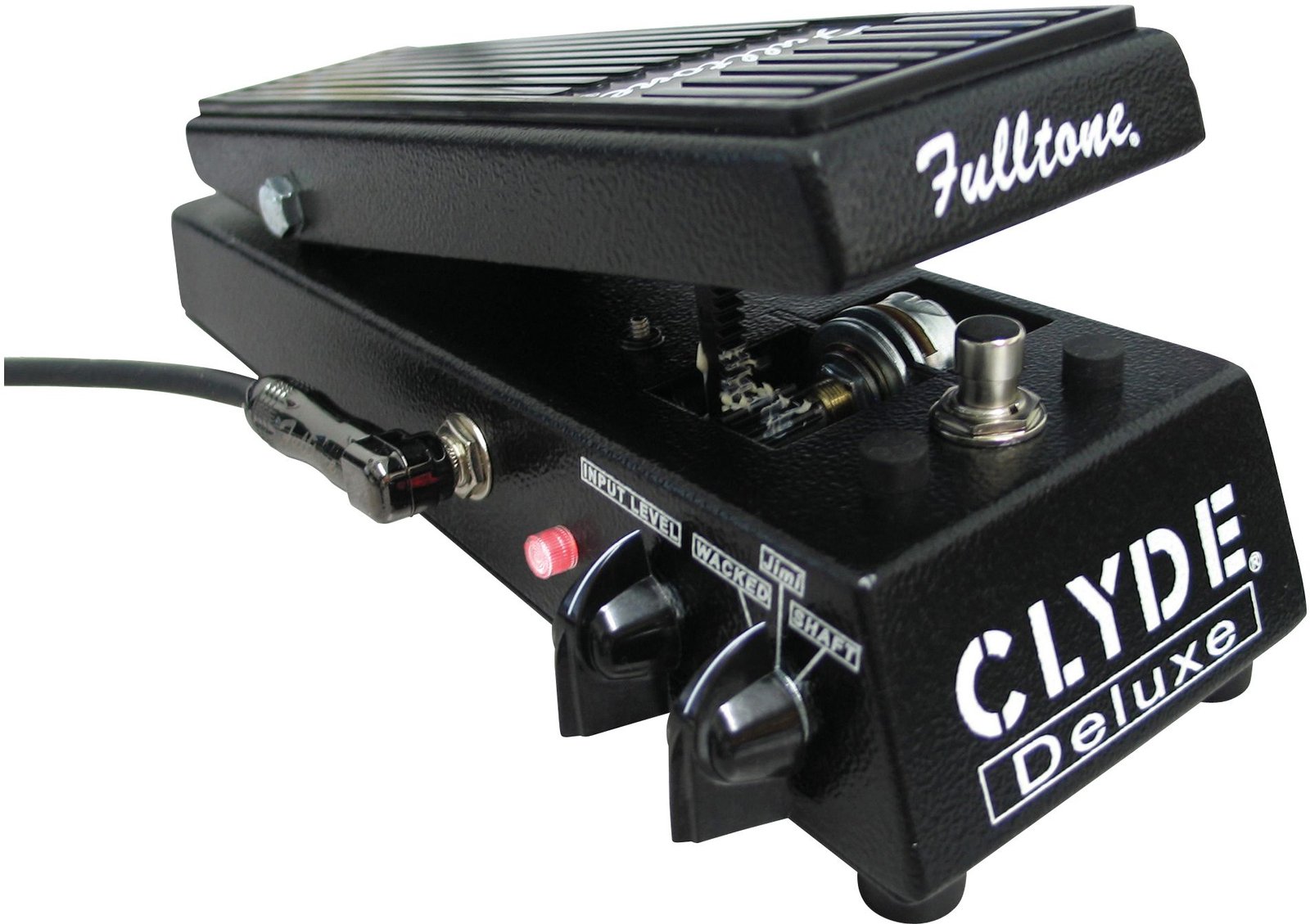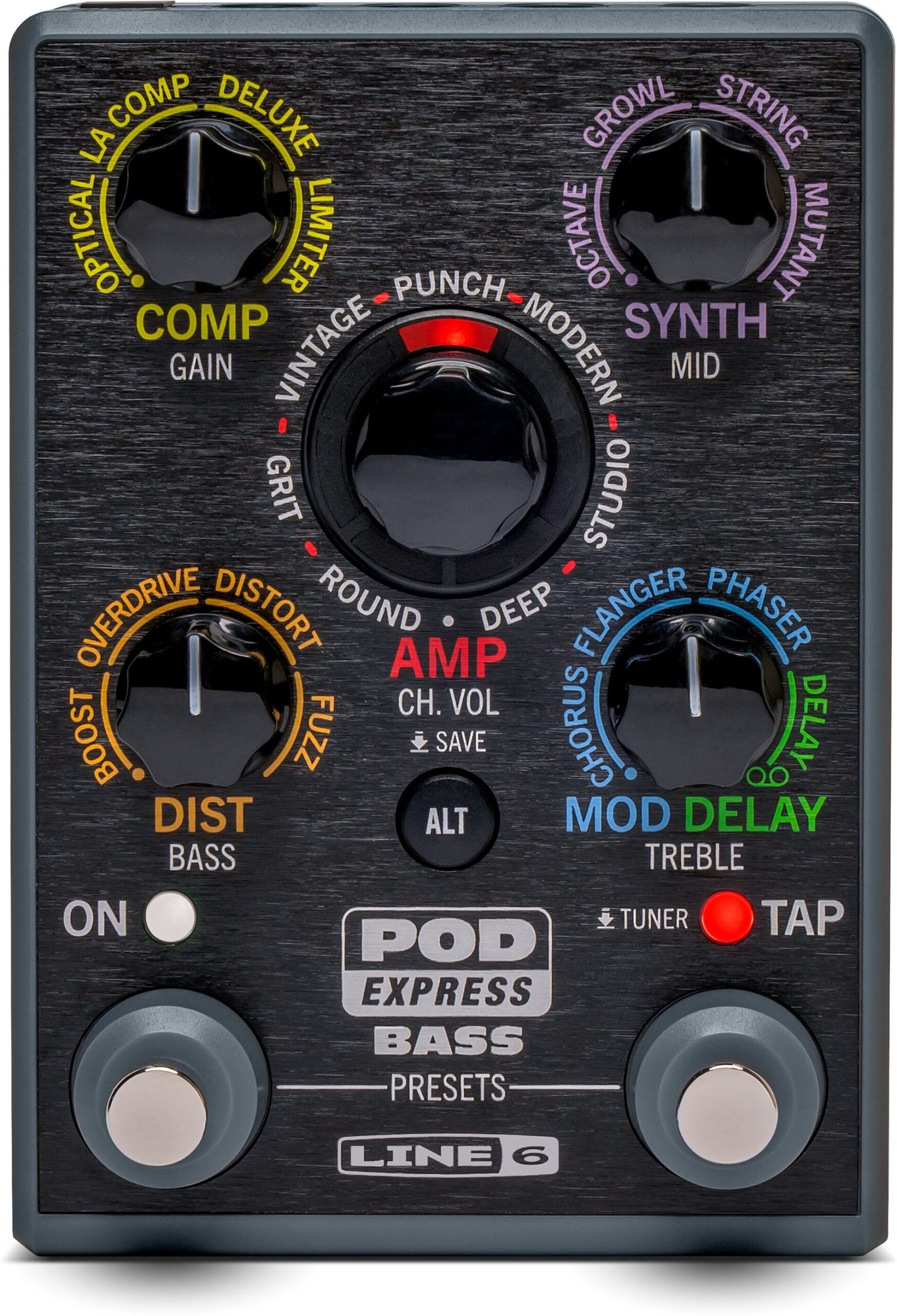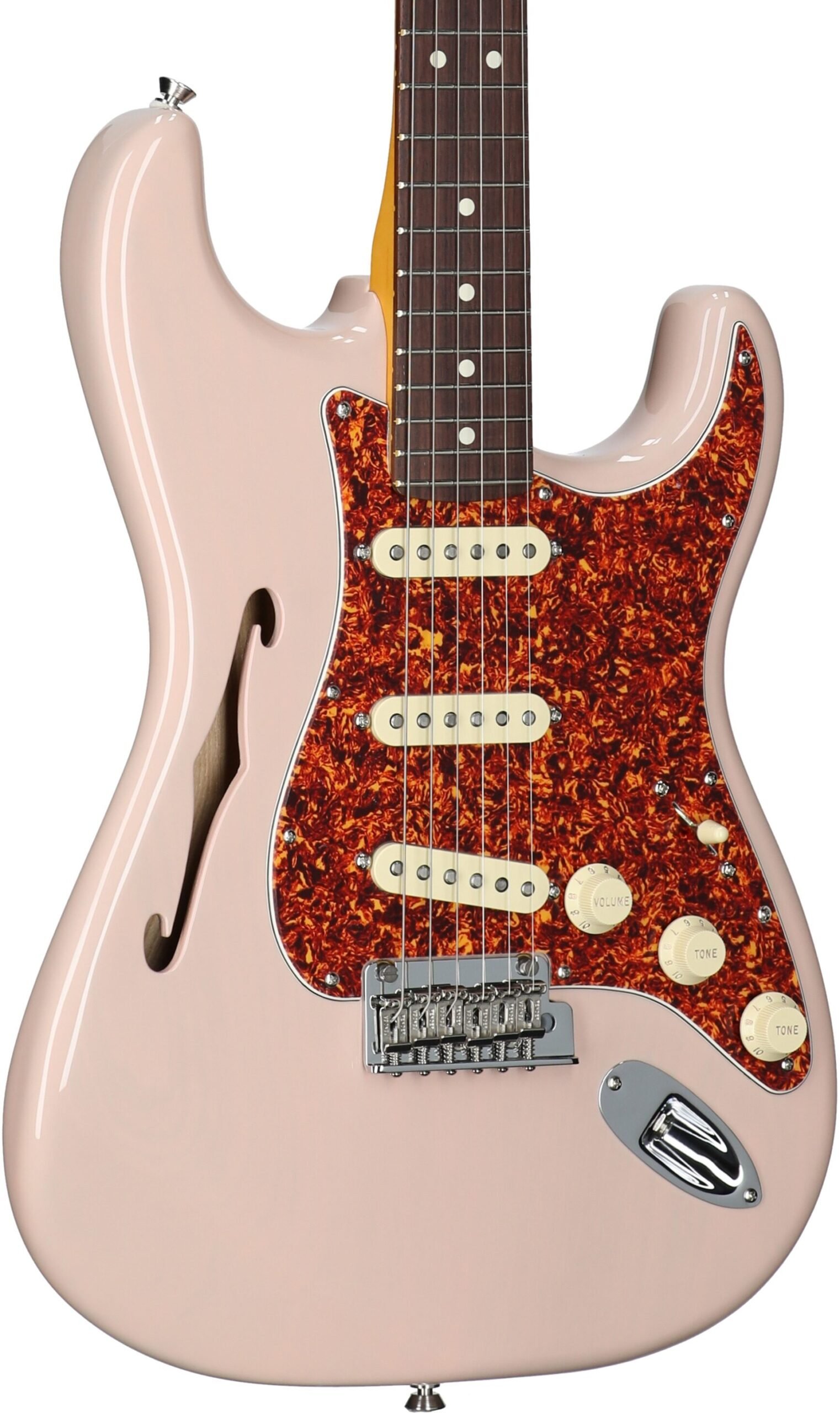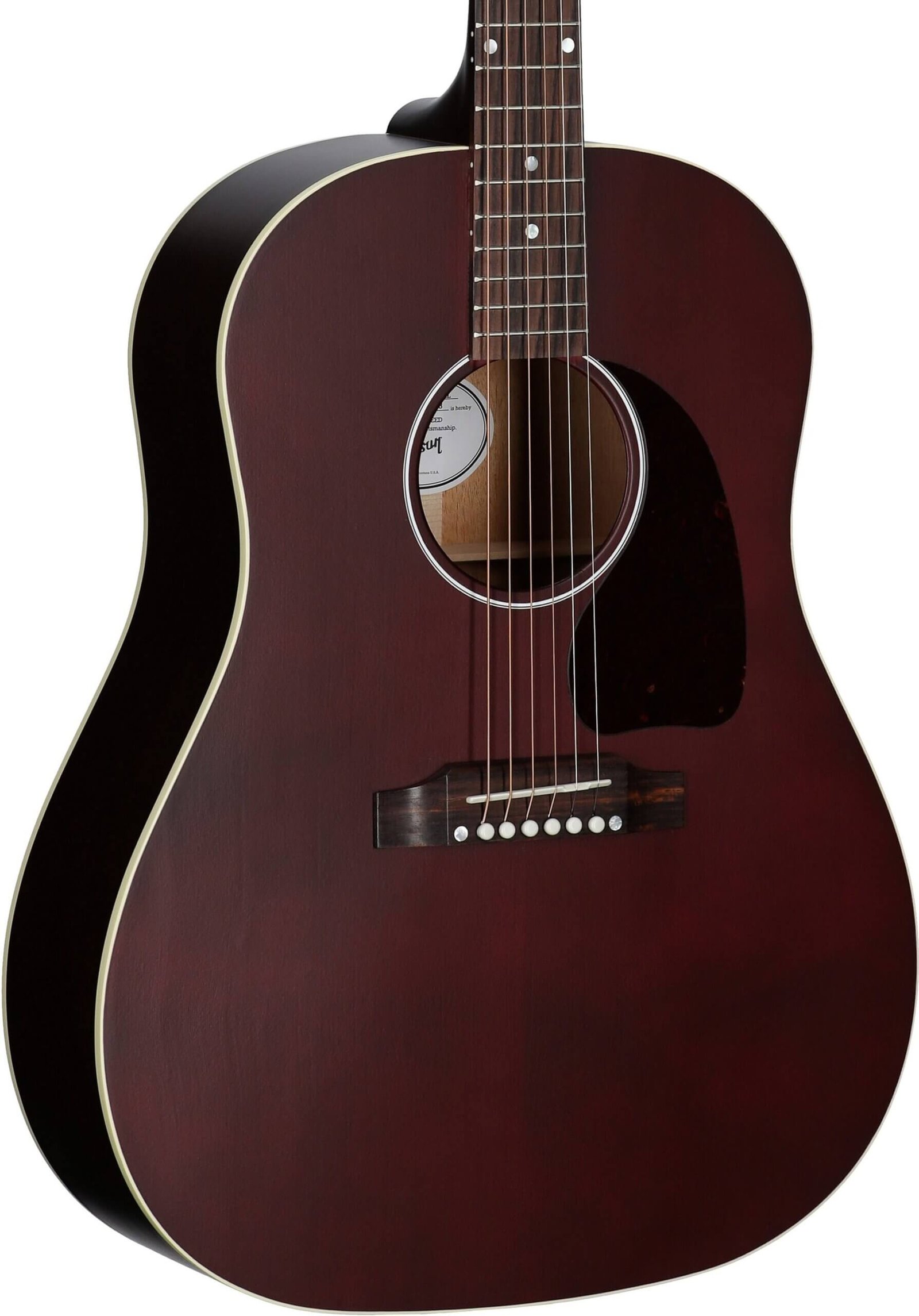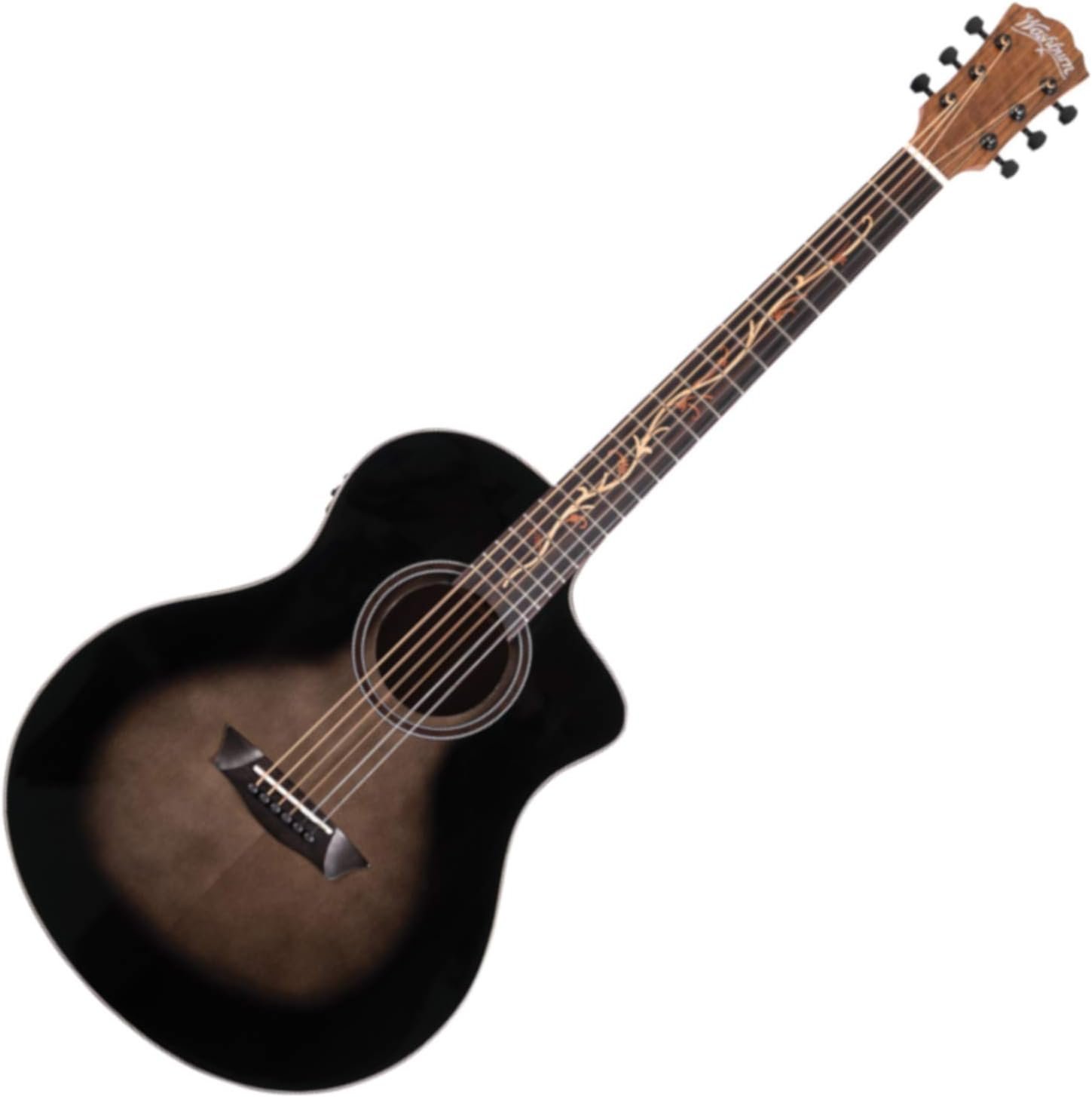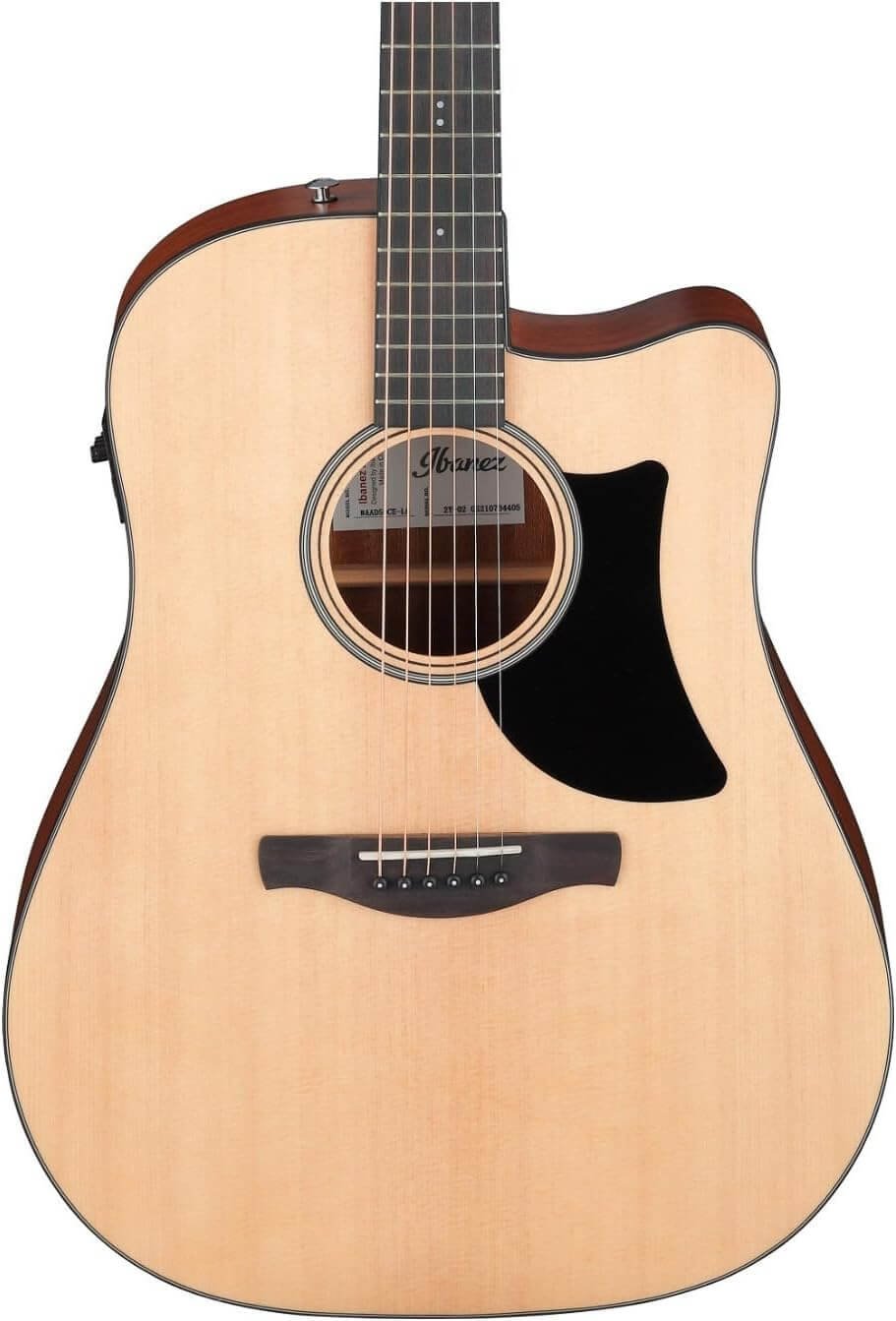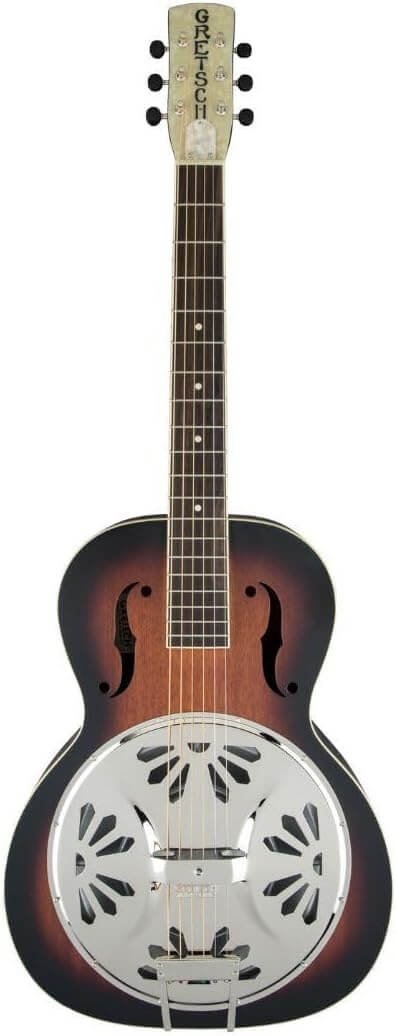Introduction to the Moog Messenger
The Moog Messenger monophonic analog synthesizer is a significant advancement in the realm of synthesizers, representing the ongoing evolution of electronic music production. Moog Music, founded in 1953 by Robert Moog, has played a pivotal role in the development of synthesizers, contributing to the emergence of new genres and the transformation of sound in popular music. The company is renowned for its innovative designs and high-quality craftsmanship, with classic instruments such as the Minimoog and the Modular Synthesizer establishing a legacy that continues to inspire musicians today.
The introduction of the Moog Messenger marks a deliberate move by the brand to cater to the needs of modern musicians while maintaining a connection to its rich history. This synthesizer boasts a user-friendly interface that facilitates creativity for both novice and experienced musicians alike. Its monophonic design allows for single-note play, making it particularly well-suited for bass lines and lead melodies, which are fundamental components of many musical compositions. This makes the Moog Messenger an essential tool for those seeking to explore the depths of analog sound synthesis.
Today, the appeal of the Moog Messenger lies not only in its classic analog sound but also in its versatility and adaptability to various musical genres. From electronic music to jazz, the synthesizer provides users with a vast array of sound design possibilities. Its carefully crafted circuitry produces rich timbres that are characteristic of its analog roots, ensuring that musicians can achieve a warm, organic sound reminiscent of vintage models. The Moog Messenger monophonic analog synthesizer stands as a testament to Moog’s commitment to innovation while honoring its historical significance in the world of audio production.
Key Features and Specifications
The Moog Messenger Monophonic Analog Synthesizer is designed to inspire creativity and enhance musical expression. One of its standout attributes is its robust sound engine, which utilizes a classic analog architecture to produce rich, warm tones that are synonymous with Moog synthesizers. The synthesizer features two oscillators that can be used in various configurations, allowing for complex waveforms and harmonics to enrich the sonic palette. This gives users the ability to create an expansive array of sounds, from deep basses to soaring leads.
At the heart of the Moog Messenger is its extensive filtering system. The synthesizer incorporates a 24dB/octave ladder filter, a hallmark of Moog design, which can be utilized to sculpt the sound in real time effectively. This filter is capable of eliminating unwanted frequencies while enhancing the presence of desired tones, making it an essential tool for sound design. The filter section includes resonance controls and the capability to self-oscillate, further broadening the creative possibilities.
Modulation capabilities are another key feature of the Moog Messenger. It includes an LFO (Low-Frequency Oscillator) that can modulate parameters such as pitch and filter cutoff, providing users with dynamic sound shaping opportunities. Additionally, the synth is equipped with an envelope generator, allowing for intricate control over how sounds evolve over time. The combination of these modulation tools ensures that artists can create evolving textures and rhythmic variations, making each performance unique.
In terms of physical specifications, the Moog Messenger measures a compact 22 inches in width and weighs approximately 5 pounds, making it highly portable. It operates on a standard power supply, requiring 100-240V AC, making it versatile for both studio and live environments. Overall, the Moog Messenger Monophonic Analog Synthesizer stands out for its exceptional sound design capabilities, versatile features, and user-friendly specifications, catering to both novice and experienced musicians alike.
Sound Quality and Performance
The Moog Messenger Monophonic Analog Synthesizer is renowned for its exceptional sound quality, which is a hallmark of the Moog brand. Musicians often note the richness of its tones, which draw from the deep well of analog synthesis. This synthesizer possesses a warmth that is often absent in digital counterparts, providing an exquisite auditory experience. The oscillators of the Moog Messenger generate a wide range of sounds, from the punchiest bass lines to soaring leads, resulting in versatility that caters to various musical genres including electronic, rock, and ambient.
User Experience and Interface Design
The user experience of the Moog Messenger Monophonic Analog Synthesizer is thoughtfully designed, making it accessible to both novices and seasoned musicians. The layout emphasizes an intuitive approach to sound creation, essential for anyone looking to unlock their creative potential. The arrangement of knobs and buttons is meticulously crafted to facilitate seamless interaction. This design philosophy allows users to navigate through its features without feeling overwhelmed, encouraging experimentation.
One distinctive aspect of the Moog Messenger is its user-friendly interface. Knobs are appropriately sized and evenly spaced, allowing for easy manipulation while providing tactile feedback. This ensures that sound adjustments can be made quickly, which is invaluable during live performances or songwriting sessions. The synth’s visual feedback, such as LED indicators, enhances the user’s ability to make informed decisions while creating intricate soundscapes.
The synthesizer’s panel is organized in a manner that highlights essential functions, enabling users to focus on what truly matters—channeling creativity. For beginners, this means eliminating the steep learning curve typically associated with analog synths, while experienced users will appreciate the time saved during sound design. Furthermore, the elegant design does not sacrifice functionality; every control is there for a reason, leading to an efficient workflow. This symbiosis between form and function exemplifies the Moog Messenger’s commitment to inspiring music creation.
Finally, the overall aesthetic of the Moog Messenger reinforces its purpose. The visually appealing layout promotes a sense of exploration, inviting users to dive deep into the world of sound manipulation. The Moog Messenger Monophonic Analog Synthesizer is not just a tool; it is a gateway to a richer creative experience, ensuring that sound design becomes enjoyable and approachable for all users.
Application in Different Music Genres
The Moog Messenger Monophonic Analog Synthesizer is renowned for its versatility and ability to adapt to various music genres, making it a valuable tool for musicians across the spectrum. In electronic music, the synthesizer’s rich tones and extensive modulation capabilities allow producers to create immersive soundscapes. Artists often employ the Moog Messenger to generate lush pads, punchy basslines, and unique leads that elevate tracks in the electronic domain, blending traditional analog warmth with modern sonic experimentation.
In the realm of pop music, the Moog Messenger has become a staple for crafting catchy hooks and memorable melodies. Its intuitive interface and range of modulation options empower artists to explore sounds that add an engaging dimension to their compositions. Pop musicians leverage the Moog Messenger to create synthetic textures that complement vocals, enhancing the overall sonic identity of their songs. The incorporation of this synthesizer enables a fusion of classic sounds with contemporary production techniques, making it a popular choice in chart-topping hits.
The synthesizer also finds its place within the improvisational structures of jazz. Jazz musicians utilize the Moog Messenger to produce innovative sound effects and solos, showcasing its ability to generate unpredictable yet captivating notes. Its monophonic nature encourages horn players and other instrumentalists to experiment with musical phrasing, leading to spontaneous and rich performances. The synthesizer’s unique character allows for a broader expression of creativity, merging traditional jazz elements with avant-garde influences.
Furthermore, within the context of experimental music, the Moog Messenger facilitates boundary-pushing creativity, enabling artists to explore unconventional sounds and techniques. Its analog circuitry lends itself well to complex sound design, providing musicians with an instrument that invites exploration and innovation. As a result, the Moog Messenger Monophonic Analog Synthesizer proves itself to be an essential companion for any creator, broadening the possibilities across various music genres.
Comparing the Moog Messenger to Other Synthesizers
The synthesizer landscape is vast and varied, with numerous models offering unique features and sound profiles. Among these, the Moog Messenger monophonic analog synthesizer stands out due to its distinct character and musical capabilities. However, comparing it to other popular synthesizers can shed light on its position in the market, allowing potential buyers to make an informed choice.
In terms of features, the Moog Messenger offers a straightforward interface with intuitive controls that cater to both beginners and seasoned musicians. Its monophonic nature allows it to produce rich, single-note lines that can be particularly effective in live performances or studio settings. When juxtaposed with polyphonic synthesizers such as the Roland Juno-106, which allows multiple notes to be played simultaneously, the Messenger’s focus on monophony appeals to those who favor intricate bass and lead lines.
Pricing is another critical aspect to consider when comparing synthesizers. The Moog Messenger is generally positioned as a mid-range option, providing exceptional value for its analog capabilities, renowned build quality, and brand reputation. In contrast, models like the Korg Minilogue offer polyphony and additional voices at a similar price point, potentially attracting those interested in lush, layered sounds. However, for purists who appreciate the warm tones of analog synthesis, the Messenger remains a compelling choice.
Sound signature is where the Moog Messenger truly shines. It boasts a warm, rich sound characteristic of traditional analog synths, drawing users who prioritize tonal richness. In comparison, digital synthesizers like the Yamaha DX7 tend to produce cleaner, more precise sounds, catering to those looking for pristine audio reproduction. Each synthesizer has its strengths, but the unique auditory experience offered by the Messenger solidifies its place in the hearts of many musicians.
Tips for Getting Started with the Moog Messenger Monophonic Analog Synthesizer
Embarking on your journey with the Moog Messenger Monophonic Analog Synthesizer can be an exciting adventure. For beginners, the initial setup and exploration of sound creation can feel overwhelming. However, by following a few straightforward tips, you can ease into synthesizer music-making and begin crafting your unique sounds.
First, ensure that your Moog Messenger is properly connected to your audio interface or speakers. Refer to the user manual for detailed instructions which will help you avoid common pitfalls in setup. Once you have established a connection, spend some time familiarizing yourself with the interface and controls. Understanding the layout will greatly enhance your experience by allowing you to navigate through various settings and features effortlessly.
When it comes to sound patch creation, the Moog Messenger’s architecture is intuitive and user-friendly. Begin by experimenting with the oscillators. Select different waveforms available in the synthesizer to hear how they differ. By adjusting parameters such as pitch, frequency, and modulation depth, you will find the unique characteristics of each sound. Creating a basic patch can be as simple as setting the oscillators, playing with the filter settings, and adding some envelope shapes to synthesize a tone that resonates with you.
Here’s a practical tip: maintain a notebook or digital log where you can document the patches you create. This practice helps in tracking your progress and can inspire variety as you revisit previous sounds for further development. Don’t hesitate to make adjustments or combine patches; experimenting is key with the Moog Messenger Monophonic Analog Synthesizer. Consider joining online communities or forums to share your experiences and receive feedback, which will not only boost your skills but also connect you with fellow synthesizer enthusiasts.
Take your time, have fun, and explore the endless possibilities that the Moog Messenger has to offer as you embark on your synthesizer journey.
Customer Reviews and Feedback
The Moog Messenger Monophonic Analog Synthesizer has garnered a significant amount of attention from both novice and experienced musicians alike. Users have taken to various platforms to share their thoughts, ranging from enthusiastic endorsements to constructive critiques. This feedback provides valuable insights for potential buyers considering this synthesizer as an addition to their musical toolkit.
Many customers praise the Moog Messenger for its rich, warm sound, which is a hallmark of analog synthesizers. Users have noted how the synthesizer’s oscillators deliver robust tones that are ideal for creating bass lines, leads, and sound effects. One user remarked, “The depth of sound you can achieve with the Moog Messenger is astounding! It’s like having a vintage synthesizer at your fingertips.” Users often highlight the ease of use, stating that the layout is intuitive, allowing for quick adjustments and experimentation.
However, not all feedback is wholly positive. Some users have expressed concerns regarding the limitations of its monophonic nature. Individuals who frequently work with polyphonic sounds may find the Moog Messenger lacking in versatility for their needs. A reviewer mentioned, “While I love the sound quality, I sometimes miss the ability to play chords.” Additionally, the lack of a built-in sequencer has been pointed out by some as a drawback, particularly for those seeking a more comprehensive performance tool.
Overall, the customer reviews emphasize the Moog Messenger Monophonic Analog Synthesizer as a robust instrument for solo performance and sound design. The balance of its strengths and weaknesses helps potential buyers clarify their own requirements and expectations, ultimately guiding them to make an informed decision regarding this synthesizer’s place in their musical journey.
Conclusion: Is the Moog Messenger Right for You?
The Moog Messenger monophonic analog synthesizer presents a unique opportunity for musicians and sound creators seeking to expand their sonic palette. Its design is rooted in classic analog synthesis, offering a rich, warm sound often sought after by both amateurs and professionals alike. One of the key strengths of the Moog Messenger is its intuitive interface, promoting immediate creativity for users at any skill level. Whether you are an experienced sound designer or a beginner experimenting with synthesis, the Moog Messenger allows for a seamless interaction with sound manipulation.
Furthermore, the versatility of this synthesizer cannot be understated. The ability to create a wide range of sounds—from deep bass lines to soaring leads—makes it suitable across various genres, including electronic, rock, and ambient music. Musicians who prioritize tactile engagement will find that its hands-on controls facilitate an organic creativity that many digital synthesizers struggle to replicate. The reliable build quality also ensures that the Moog Messenger monophonic analog synthesizer can withstand the rigors of live performance, making it an ideal companion for touring musicians.
For those contemplating an investment in the Moog Messenger, it is essential to assess personal needs and stylistic preferences thoroughly. Consider how its features align with your musical goals, as well as the role you envision it playing in your workflow. The Moog Messenger might not be for everyone, but for those who appreciate the depth and character of analog synthesis, it could be a transformative tool. Sharing thoughts or experiences with the Moog Messenger may also provide valuable insights to others in the music community, fostering a deeper exploration of what this exceptional synthesizer has to offer.

